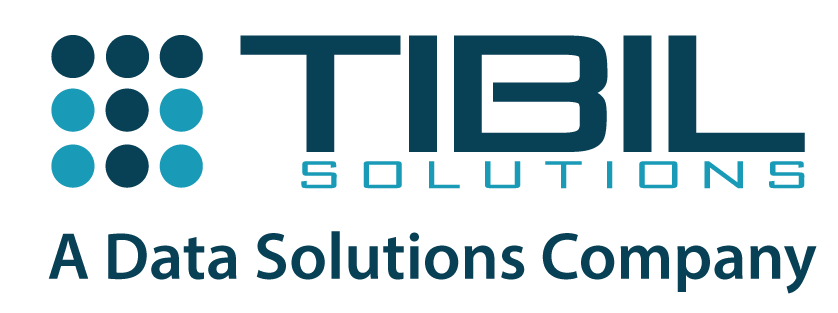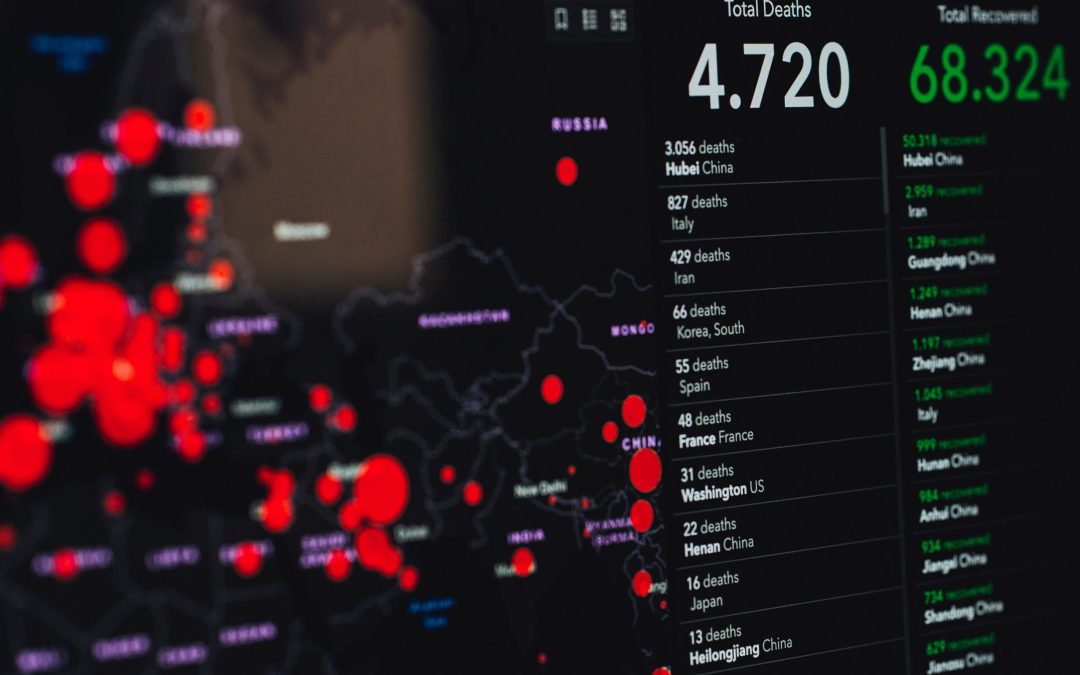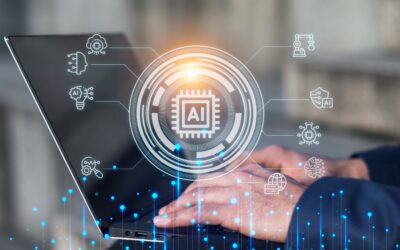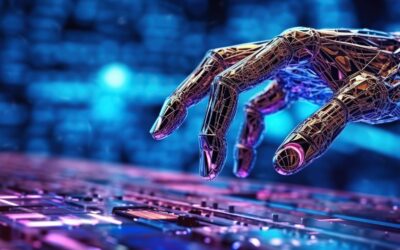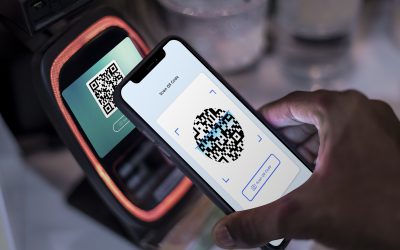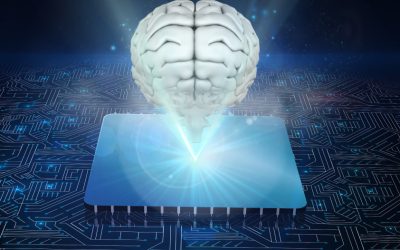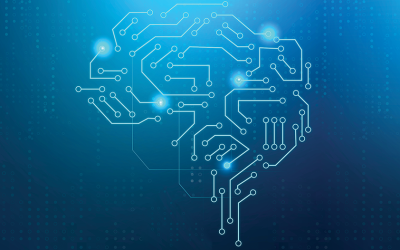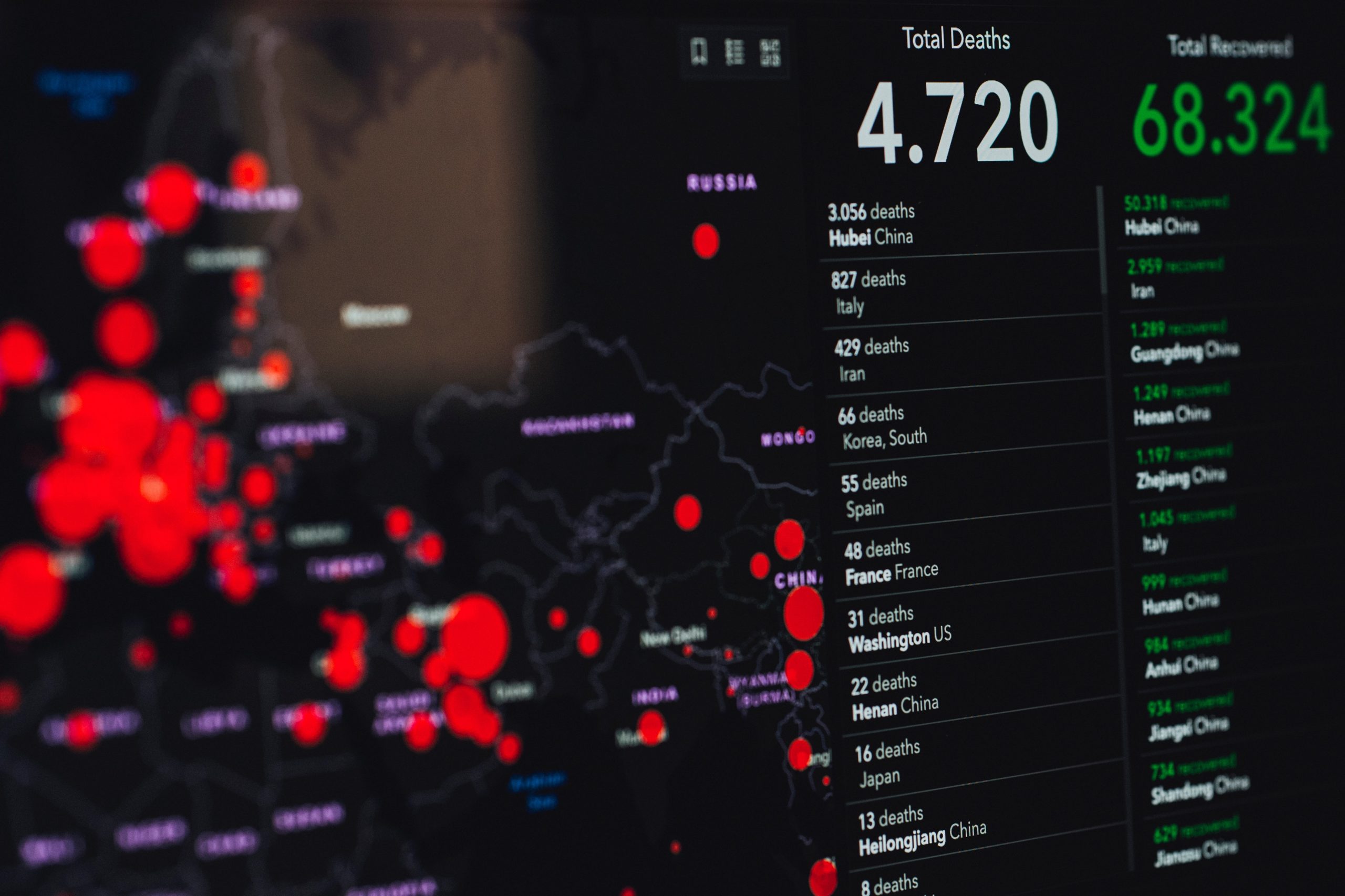
Analytics Are Making Us Smarter About Outbreaks
In 2014 Liberia’s hospitals were overflowing with people infected by the deadly Ebola virus, and there were sick people lying on the ground outside hospitals, writhing in pain. Their only hope of getting treatment was if someone else died first, freeing up a bed. By 2016, the Ebola outbreak ended with more than 11,000 deaths (reported ) across West Africa. Experts were unanimous in their analysis that even in the worst months of the outbreak, whole countries were unprepared for such a catastrophe.
The World Health Organization (WHO) eventually declared a Public Health Emergency of International Concern but it came too late, underlining how we suffer from a lack of timely data, unrelated datasets that are difficult to collate, and a shortage of people with computational skills to help prepare for and respond to global epidemics. What if there were an early warning system for such outbreaks that could have given WHO a heads-up, allowing them to organize an effective response and contain the disease’s spread? Thankfully with the AI and data science revolution we see today such a system may not be too far in the future.
Why managing pandemics needs data analytics
Detecting an infectious disease is usually an after-the-fact-activity, and stopping it from causing an epidemic requires real-time information and analytics, because controlling a pandemic is not about where the disease is occurring today. It’s about where the disease is occurring and who is most vulnerable to it. That combination of information can help health experts and organizations like WHO look for long-term catalysts, such as how climate affects the spread of a pathogen like the coronavirus.
To help governments across the globe track, respond to and prevent the spread of the coronavirus, health experts are turning to advanced analytics and AI to prevent further infection. Several researchers are even looking at the Internet of Things (IoT) to collect sensory data in real-time and track people, health systems, and environments, even in remote regions of the world.
IoT and Big Data are helping with disease control
It is now possible, thank to IoT and big data analytics in healthcare, to collect data from places where previously it was either done manually or not done at all. For example, smart thermometers feed data in real-time to global medical systems, bench-top analyzers are scanning patient samples and sharing data almost instantly with disease monitoring tools installed remotely. Disease monitoring tools are merging IoT data with population data, GIS data, land-use information, social media streams, and other sources to detect emerging public health threats.
By collecting and analyzing data from remote locations, clinical researchers are in a better position to make an evidence-based analysis of a possible outbreak and suggest preventive measures using data from the IoT devices. As a result, identifying and preventing the spread of infectious diseases proactively is now a reality.
Using AI to track pathogens
There are several ways that government health agencies can use AI technology to limit the spread of diseases like coronavirus. Researchers are turning to AI to help predict locations where new diseases could emerge by integrating global data about known viruses, animal populations, human demographics etc. to predict epidemics. AI can also help reduce the time required to detect an outbreak thus enabling faster action to stop the spread and effectively treat the infected.
According to the founder of Alibaba, the company’s new AI system can detect coronavirus in CT scans of patients’ chests with 96% accuracy against viral pneumonia cases. They have developed a new algorithm that has shortened the process of recognizing the pathogen/infection to a mere 20 seconds, which is a big improvement from the 15 minutes that traditional methods take to analyze a CT scan. Baidu’s new AI tool called LinearFold promises to reduce coronavirus prediction time from 55 minutes to 27 seconds, which is crucial for understanding the virus and initiating drug discovery.
AI can also analyze and aggregate travel, population and disease data to help predict not just how, but also where, a disease might spread. When it comes to treatment, radiologists are using AI technology (machine learning and deep learning) to extract insights from large data sets and make better treatment decisions based on medical imaging. Taking coronavirus as an example, data from chest X-rays of infected people can help build AI models so doctors can make quicker diagnoses. AI can also help shorten the time it takes to create vaccines for newly discovered pathogens by examining data from similar viral diseases and then using it to predict outcomes.
And it doesn’t stop there. After an outbreak has ended or has at least been contained, governments and global health organizations can use machine learning to simulate different outcomes to test and validate policies, public health initiatives and response plans based on “what if” analyses.
The importance of data analytics is incontrovertible
While analytics and ML aren’t sitting in local doctors’ offices taking samples to be tested, they are being applied to help the overall effort and make doctors and healthcare organizations more efficient and better equipped to fight epidemics. When used effectively, these tools have the potential to save lives. As an example, the Johns Hopkins University’s Center for Systems Science and Engineering has developed a real-time visualization of the coronavirus epidemic which includes a map, total numbers of cases, deaths, and people recovered. The data, sourced from WHO, CDC (in the US) and others, is also broken down by country and the numbers of cases are represented on the map using dots. Predictive analytics can also be applied to data from public locations to predict disease spread and risks and plan for the impact of an outbreak on healthcare organizations.
Machine learning can churn out high-resolution world maps highlighting where epidemics are likely to infect people, by using remotely-sensed and other geographic data about environmental, human and animal factors. Experts are taking complex infectious disease datasets and feeding them into large-scale computational disease spread models. This allows them to generate hundreds of terabytes of computer-generated synthetic outbreak simulations that give an idea about expected numbers of cases, hospitalizations, deaths, and even financial losses.
Currently, we are in a critical juncture as experts and governments shift their focus towards containing coronavirus. The role of surveillance, drug discovery and diagnoses has become crucial, and with analytics and AI, there will be a tremendous saving of time and hopefully, lives.
Related Posts
AI Toolbox: Creative Content Beyond ChatGPT & BARD
Introduction: In the dynamic landscape of artificial intelligence (AI), ChatGPT and BARD have garnered significant attention for their capabilities in natural language processing and music composition. However, a rich tapestry of AI tools exists...
Ethical Considerations in Generative AI: Ensuring Fair and Responsible Data Analytics
Introduction Generative AI, a transformative subset of artificial intelligence, is revolutionizing data analytics and machine learning. It empowers machines to generate data, images, and text that mimic human creativity. While the potential of...
Building a Better Future with Digital Public Goods
The world is on the cusp of digitization! In this era of digitization, we have transformed the way we communicate, interact, and access information. It has not only changed our personal lives but also has brought an evident transformation in the...
The Role of Artificial Intelligence in Cyber Security
In an era characterised by rapid technological advancements and increasing digitalisation, the field of cyber security faces an escalating and ever-evolving threat landscape. As cyber threats become more sophisticated, organisations must employ...
TinyML: The Future of Edge AI
Artificial intelligence (AI) has been a hot topic in recent years and with good reason. AI has the potential to transform countless industries and improve our lives in numerous ways. However, as powerful as AI can be, it also requires a lot of...
The Evolution of Federated Learning
Uber settled an inquiry into a data breach that exposed the personal data of more than 5,00,000 drivers in 2016 by paying $148 million. A GDPR breach resulted in a $57 million fine for Google in 2020. On-growing data privacy and data breach issues...
Subscribe To Our Newsletter
Lorem ipsum dolor sit amet, consectetuer adipiscing elit. Aenean commodo ligula eget dolor. Aenean massa. Cum sociis natoque penatibus et magnis dis parturient montes, nascetur ridiculus mus

Company
About us
Careers
Contact
Awards
Blog
Offerings
Strategy & Consulting
Managed Services
Solutions
Digital Public Goods
Solutions
Data Solutions
Industry Solutions
